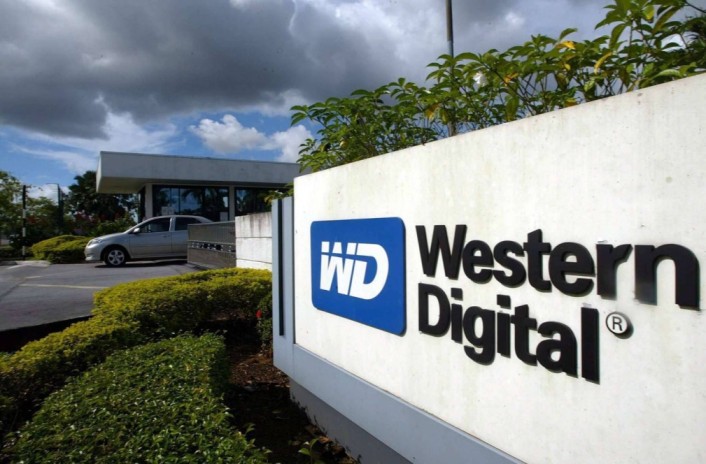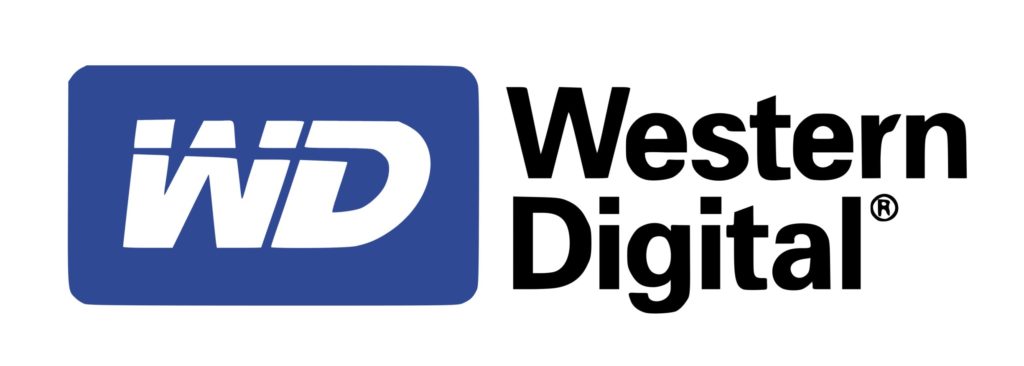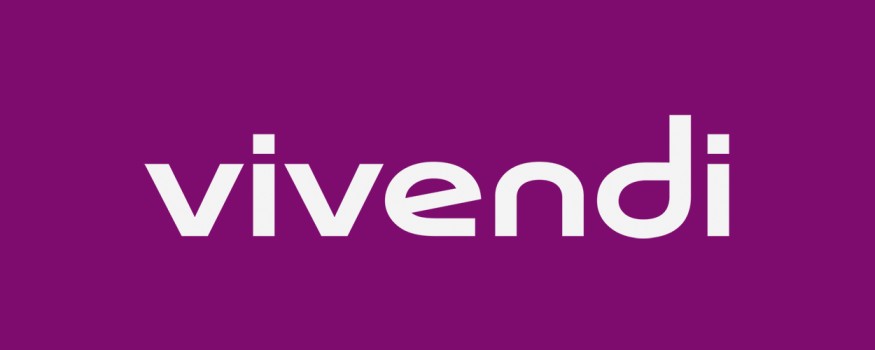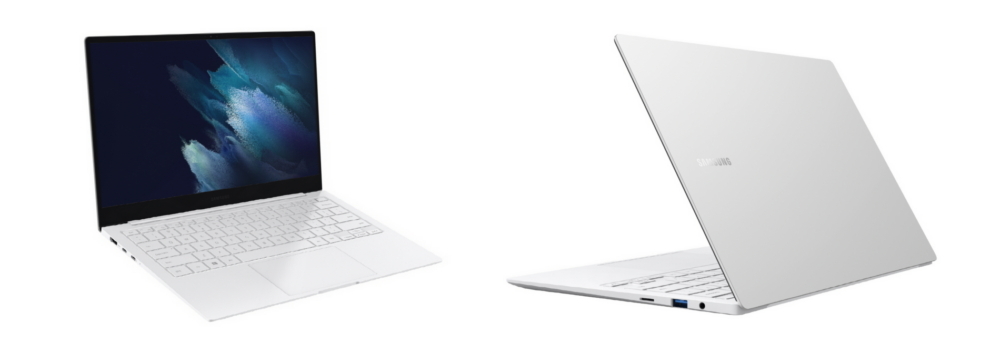Western Digital – A Globally Recognized Company, Creating a Diverse Portfolio of Technologies
Western Digital (WD) has a vast history of evolving technology, and over time, it has offered a diversity of products to its customers. Western Digital Corporation is based in San Jose, California, US, and Alvin B. Phillip founded the company in 1970. The company is mainly famous as a hard disk drive and other data storage products manufacturer around the globe. During the early days of the company, it manufactured MOS test equipment. In the last 51 years, it has gone through both crisis and booming business growth, so let’s have a look at it.
A Brief Introduction about Western Digital
Western Digital plays a very important part in everyone’s everyday tech support without them even realizing it. We know how crucial it is to have a backup of every bit of data and products of WD that makes it possible. The company has made many groundbreaking innovations pushing its boundaries every day to bring diversity when it comes to a various range of storage devices. In the past 51 years, the company has made some strategic acquisitions (SanDisk being one of the biggest) which helped it expand across the globe and provide customers with diversified products meeting personal needs.

The Founding Story
Western Digital was founded in April 1970 by Alvin B. Phillips, who was a Motorola employee. Originally, the company was based in Santa Ana, California, which eventually became the largest technology firm in Orange County. Western Digital established itself in the core semiconductor industry and started making calculator chips in the early 70s. Soon the company became the largest calculator chip manufacturer across the world. In the mid-1970s, the company faced some deceleration because of the oil crisis as their largest customer went bankrupt.
In 1976, the company entered into the data storage industry and started manufacturing floppy disc controllers. The next decade marked the era of computers as PCs were installed in offices. In 1982, Western Digital released its first single-chip Winchester hard drive controller (WD1010). Much of the mid-80s witnessed the acquisition of many companies to get a solid grasp on the graphics card, core logic chipsets, SCSI controller chips, and networking. In 1988, the company bought PC hardware maker Tandon’s hardware production assets.
Innovations and Expansions
The following years witnessed the growth of Western Digital’s Caviar drives. On one hand, Caviar drives was a huge success, on the other, WD started selling some of its divisions, such as Paradise was sold to Philips, and the networking and floppy drive controller divisions went to SMC Networks. But in 1995, other companies, especially Quantum Corp, launched better and more innovative products in the market, throwing WD a bit off the track. To regain control over the market, WD collaborated with IBM, and thus, it was allowed to use some of IBM technologies. But later, the deal too broke.
In 2001, WD started manufacturing ATA hard disk drives with 8 MiB of disk buffer and called them ‘special edition’. After a couple of years, WD designed the first 10,000 rpm Serial ATA HDD, the WD360GD “Raptor”, with a capacity of 36 GB and an average access time of fewer than six milliseconds. In the next few years, the company designed various models of hard drives and also released single 1TB hard drives. In the current years, WD has made many acquisitions and also has established an R&D facility in its Malaysian plant. In 2018, Western Digital broke the world record for the largest computer load ever run on Amazon Web Services. The next year, WD partnered with Google, lowRISC, and other companies, to launch OpenTitan which is the first open-source silicon root of trust (RoT) chips project.
Western Digital as a Corporate Philanthropist

WD always strives towards establishing a strong community and providing a better quality of life for its employees. The company has special programs to cope up with natural disasters when their employees become the victim of such incidents. The company also allows nonprofit organizations and public schools to request product donations, such that they can be used for fundraising purposes. WD launched the Western Digital Scholarship Program in 2018, which is currently available for the dependents of WD employees.
Alvin B. Phillips – Founder of Western Digital
Alvin B Philips was born on 7th January 1929. He became a very prominent figure in the semiconductor industry as he became very successful when this sector was still new and unexplored to many people. Apart from founding Western Digital, Alvin is the author of the book “Transistor Engineering” and has also served as a board member of the University Synagogue in Irvine.

Annasha Dey is an NIT student, who apart from studying engineering is also a content writer. She has a great interest in photography, writing, reading novels, and travelling as well. She is a foodie who loves socializing and hanging out with her friends. She is also a trained Kathak dancer and a big fashion enthusiast. Dey also loves watching TV series, which includes F.R.I.E.N.D.S. and Big Bang Theory. To be a better writer she prefers to read more







